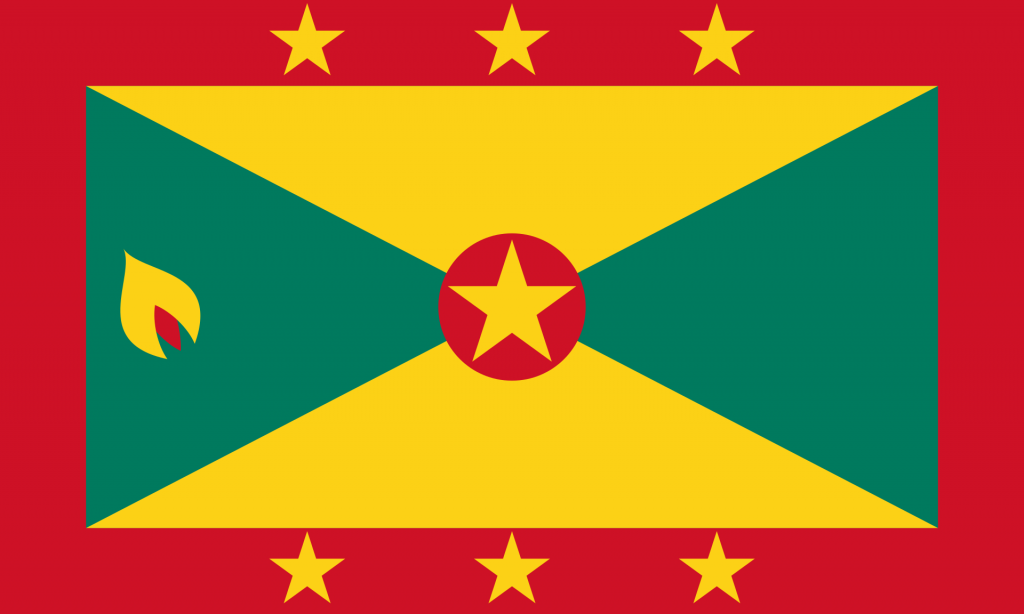Grenada

- Location: Grenada is located in the Eastern Caribbean, part of the Lesser Antilles archipelago. It is situated northwest of Trinidad and Tobago and northeast of Venezuela.
- Size and Population: Grenada covers an area of approximately 344 square kilometers (133 square miles) and has a population of around 112,000 people (as of the latest available data).
- Capital: St. George’s is the capital and largest city of Grenada. It is located on the southwestern coast of the island and is known for its picturesque harbor and colorful colonial architecture.
- Geography: Grenada is known as the “Spice Isle” due to its production of nutmeg, cloves, cinnamon, and other spices. The island is mountainous and volcanic in origin, with rainforests, waterfalls, and beautiful beaches.
- National Parks: Grenada boasts several national parks and protected areas, including Grand Etang National Park and Forest Reserve, known for its crater lake and hiking trails.
- History: Grenada was first inhabited by the indigenous Kalinago people, who called the island “Camahogne.” It was sighted by Christopher Columbus in 1498 and later colonized by the French and British. Grenada gained independence from Britain in 1974 and is now a sovereign nation within the Commonwealth.
- Government: Grenada is a parliamentary democracy with a governor-general as the representative of the monarch (currently Queen Elizabeth II) and a prime minister as the head of government.
- Economy: Grenada’s economy is primarily based on tourism, agriculture (including spices and cocoa), and services. The island is known for its beautiful beaches, diving sites, and cultural attractions.
- Culture: Grenadian culture is a blend of African, European, and indigenous influences. Music, dance, and festivals such as Carnival are important aspects of Grenadian culture. The island is known for its calypso, soca, and steelpan music.
- Language: English is the official language of Grenada and is widely spoken. However, a French-based creole known as Grenadian Creole or Patois is also spoken by many residents, especially in informal settings and rural areas.
- Hurricane Vulnerability: Grenada is vulnerable to hurricanes and tropical storms during the Atlantic hurricane season, which runs from June to November. The island has experienced devastating hurricanes in the past, including Hurricane Ivan in 2004, which caused widespread destruction and loss of life.
